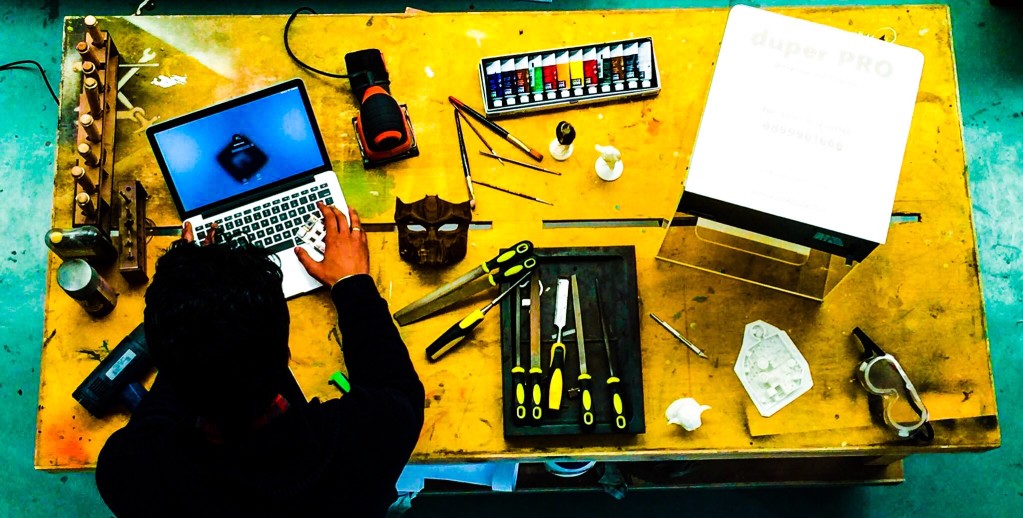These homes are quicker, cheaper and greener to build than regular buildings.
3D printing creates solid objects by using a machine to eject multiple layers of material until it builds up into the desired shape. This technique has created a lot of buzz over the years because it makes it possible to produce more complex shapes while using far less material than traditional manufacturing. That means it can be used to create almost anything in a relatively cheap and easy way. Including, it turns out, housing.
In Europe, the first residents of a fully 3D-printed house moved in in April 2021. A new development of them in California has been vastly oversubscribed. Some think that what seems novel now will be the norm in a few years. That’s because the advantages 3D-printed houses have over their bricks-and-mortar predecessors could help tackle some of the biggest problems of our times.
The first of these advantages is that 3D-printed houses can be built really quickly - in less than a day, in many cases. The second advantage is that they’re much cheaper to build. That’s partly because they require a lot less labour - up to 95 percent less, in fact. Normally, that would be a concern for those who work in the building industry. However, in many parts of the world the construction sector currently has huge labour shortages. And these shortages are likely to get worse, because existing employees skew older: in America, 40 percent of them are slated to retire within the next ten years. If building isn’t a desirable job for many people anymore, then it benefits everyone for machines to (literally) take over the heavy lifting.
The ability to build houses quickly and cheaply should be a boon to countries like the UK who are currently facing a housing affordability crisis and whose governments consistently miss their annual house building targets. While there are more factors to the housing crisis than just not being able to physically build enough homes, 3D-printed homes could still be an important tool that, for example, cash-strapped local councils could use to provide more affordable housing for their constituents.
Then there’s the third benefit of 3D-printed houses: they’re much more environmentally friendly. There’s a few reasons why this is. Directly printing the shapes you need rather than having to cut them out means a big reduction in energy and waste. You also need to do less lugging stuff around, meaning you decrease the amount of carbon being pumped out by transportation lorries. Some 3D-printing companies are also developing new building materials that are more environmentally-friendly than traditionally-used ones like concrete.
Considering the current climate crisis, all this is good news. Construction has always been a particularly big emitter of carbon dioxide (it’s responsible for over one-tenth of all human-made emissions globally) while also being a hard industry to greenify. After all, buildings - and especially houses - are essential to human life in a way that few other things are. Environmentalists often argue that we should all cut down or completely give up some of our most carbon-heavy habits, such as flying or eating meat. Few would say we should stop expecting to have spacious and private living quarters, particularly after months of stay-at-home orders made people pay more attention to the way that our home impacts our happiness and wellbeing.
Read our explainer on: technology

